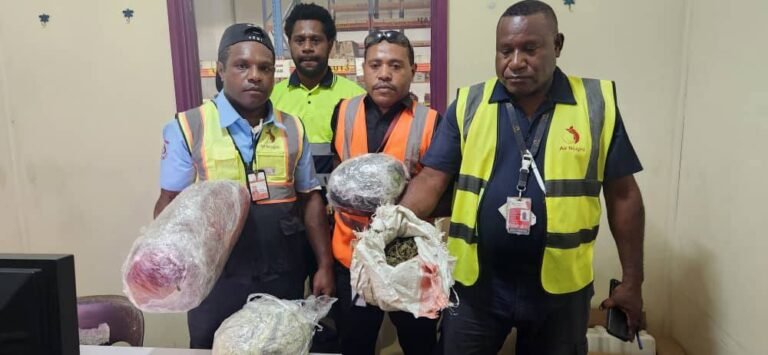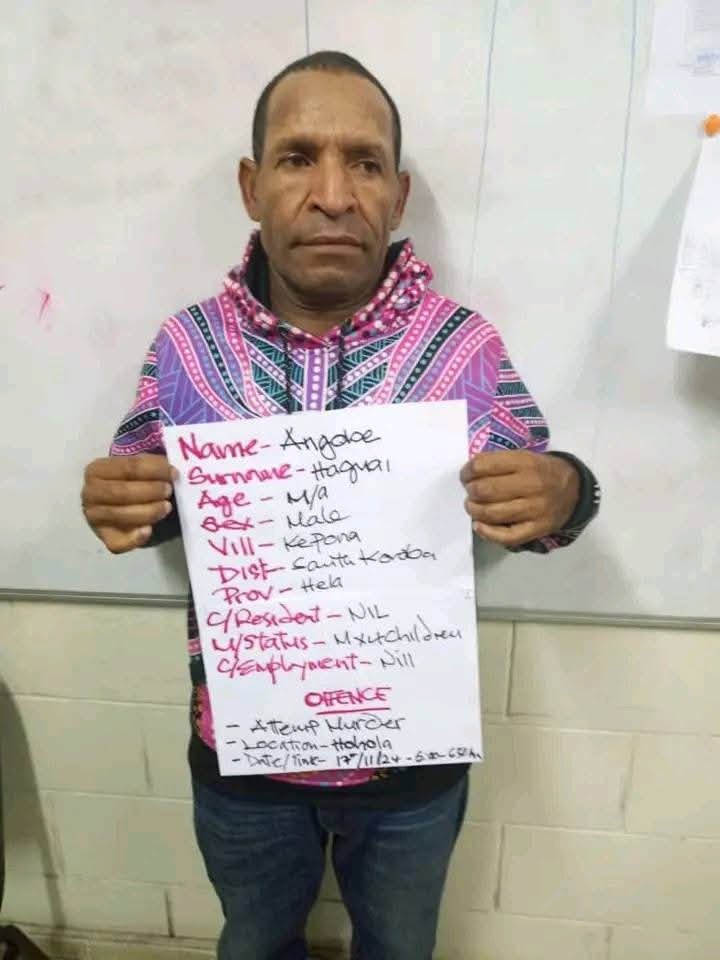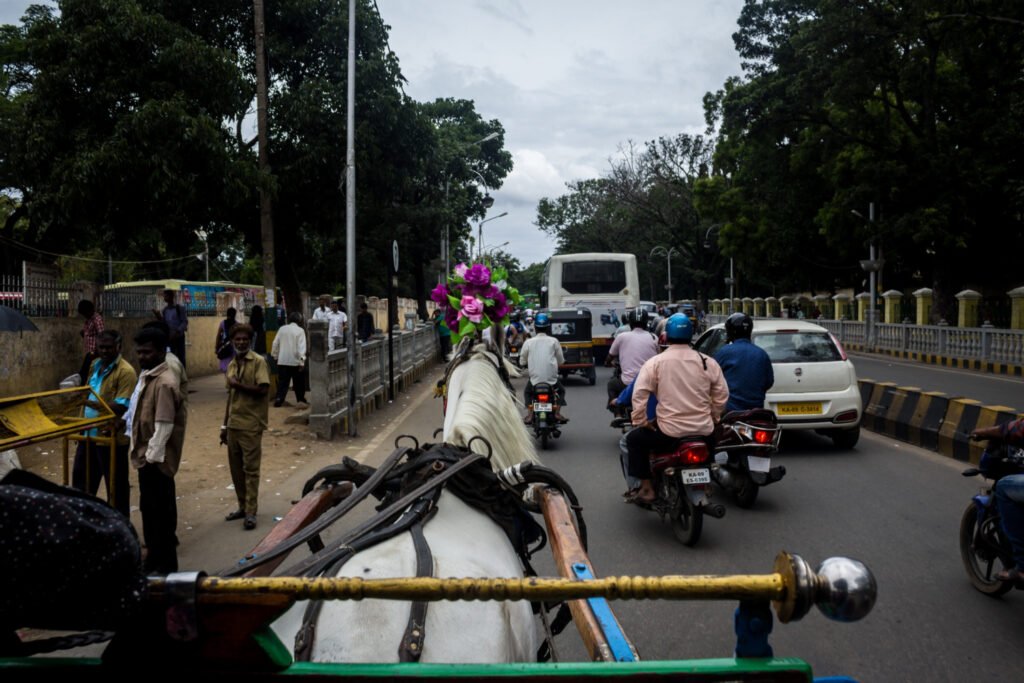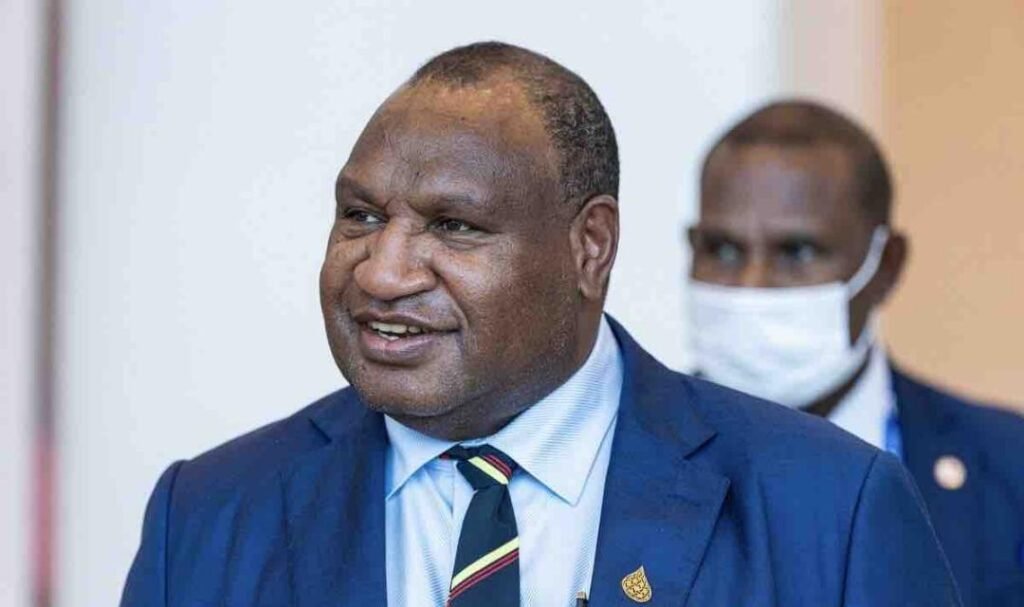In 2025, a quiet revolution is taking place inside select classrooms across Port Moresby, Lae, and Goroka—and it’s powered by artificial intelligence. Pilot programs supported by international education partners and the Department of Education are introducing AI-powered adaptive learning tools to help boost literacy, numeracy, and STEM engagement in urban schools.
But what does this mean for the future of education in Papua New Guinea? And how do local educators and policymakers weigh the benefits against the risks?
AI Tools in Action: The Pilot Programs
Under a collaboration between the PNG Department of Education, UNICEF, and a regional ed-tech startup, classrooms in five public schools have been equipped with tablets pre-loaded with AI-driven educational platforms. These platforms use data to personalize lessons for each student’s pace and level—focusing more time on weak areas and fast-tracking content where students excel.
“Instead of the one-size-fits-all chalkboard method, this allows differentiated instruction,” says Dr. Sarah Wanim, a tech-savvy principal from Lae Secondary School. “We’ve seen shy students gain confidence as the system adapts quietly to their learning needs.”
Teacher Support, Not Replacement
While some fear AI might replace teachers, local education leaders are quick to clarify: AI is being introduced as a supportive tool, not a substitute.
“AI can’t replace the human warmth and cultural relevance a PNG teacher brings,” explains Dr. Gabriel Noke, curriculum advisor at the National Department of Education. “But it can take over repetitive tasks—like grading practice quizzes—so teachers can focus on mentoring and creativity.”
Benefits for Youth Learning
Early results from the pilot sites show improved reading comprehension among Year 3 students and increased math scores in Year 5. Digital badges and gamified quizzes have made students more engaged.
These tools are also helping track attendance, learning gaps, and trends in real time—data that school administrators say is invaluable for intervention planning.
Concerns on Equity, Privacy & Readiness
However, PNG’s education experts are urging caution and care as the country explores AI in classrooms. The main concerns?
- Digital divide: Many rural and remote schools still lack electricity, let alone devices or internet.
- Data privacy: Who owns the learning data? How is it stored and protected?
- Cultural context: Imported content may miss PNG-specific values, languages, and indigenous knowledge systems.
“We need to ensure AI doesn’t widen inequalities,” warns Professor Mary Tangura, education technologist at UPNG. “It must be tailored, inclusive, and transparent.”
The Road Ahead
The Ministry is now evaluating the pilot outcomes and consulting with teachers’ unions, tech providers, and international experts to draft an AI-in-Education Roadmap by the end of 2025. Rural deployment will depend on infrastructure expansion and public-private partnerships.
Meanwhile, students like 15-year-old Jacob from Hohola Secondary are already thinking big. “If this tablet helps me learn faster, maybe one day I can make my own app—for PNG kids like me.”
Conclusion
As PNG cautiously opens the classroom door to artificial intelligence, the key will be balance: leveraging global innovation while grounding it in local realities. With the right strategy, AI could be a powerful ally in achieving education for all.

















